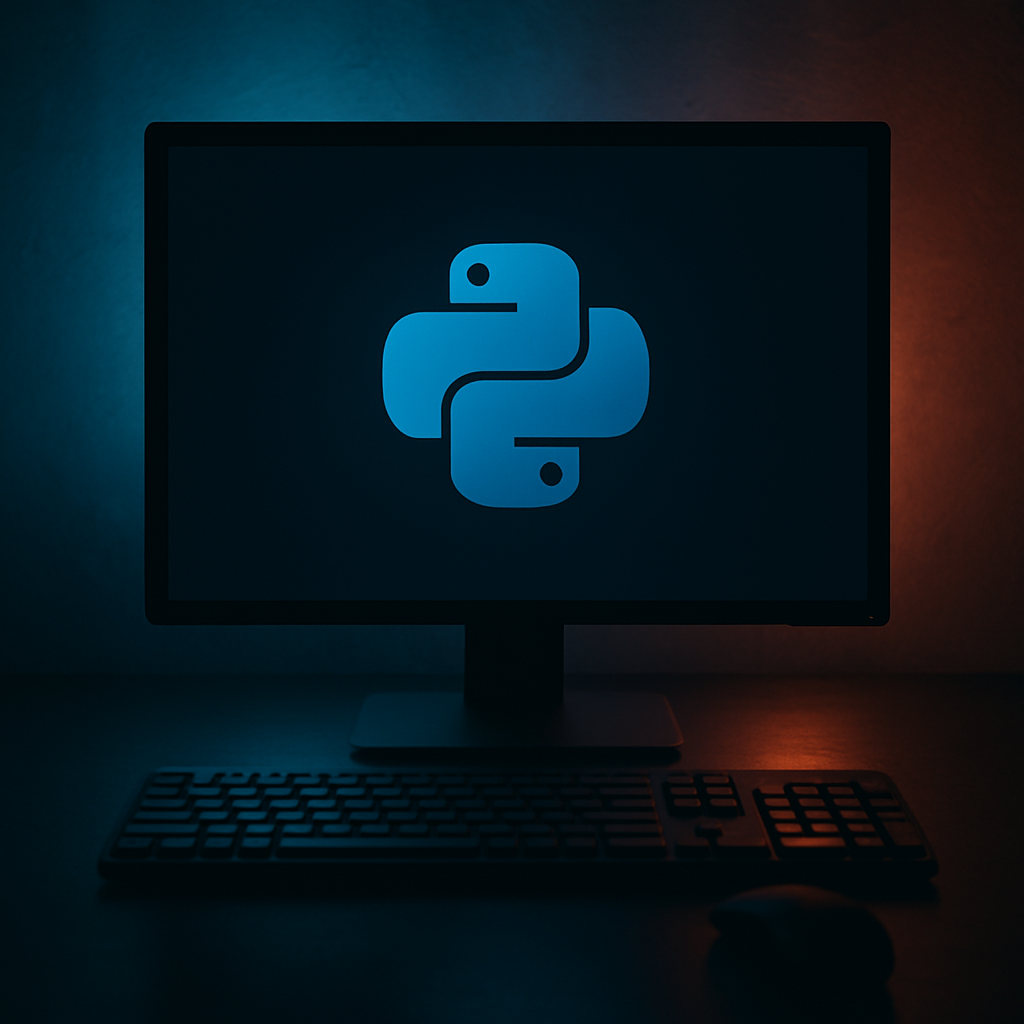Unlock Python Magic: Mastering Dictionaries & Lists for Ultimate Coding Skills
Discover the power of Python’s dictionaries and lists to enhance your coding capabilities. These vital tools will enable you to organize and manage data efficiently, making your programming journey smoother and more enjoyable.
The Power of Lists in Python
Lists in Python are your go-to data type when you need to store an ordered collection of items. Whether it’s a shopping list, a playlist, or a series of numerical values, lists will keep everything in the exact order you need. This makes them incredibly versatile for a variety of tasks, from simple arrays to complex data manipulation.
Creating a list is simple and intuitive. You can store almost anything inside a list, including numbers, strings, and even other lists. This flexibility allows for dynamic and interactive coding, perfect for applications both simple and complex. Many developers find that learning to effectively use lists can significantly streamline their Python projects.
Dictionaries: The Ultimate Data Organizer
While lists excel at maintaining order, dictionaries shine when it comes to organizing related items. Imagine having a powerful folder where every piece of data has its own unique label, also known as a key. This key-value pairing makes dictionaries ideal for tasks where you need to quickly retrieve information associated with a specific identifier.
Dictionaries are commonly believed to be one of the most powerful data types in Python, thanks to their ability to store a vast array of data types and nest complex structures inside one another. This makes them invaluable not only in small applications but also in large-scale data processing and web development.
- Easily look up data using unique keys.
- Flexibility to store diverse types of data.
- Essential for projects requiring structured data.
Why Mastering These Tools Matters
Mastering lists and dictionaries not only enhances your coding efficiency but also broadens the scope of problems you can solve. Many sources suggest that a good command of these data structures can significantly elevate your programming capabilities. Furthermore, coding tasks that seem daunting become more approachable when you can effectively organize and manipulate your data.
Whether you’re just starting your coding journey or looking to refine your skills, understanding these Python fundamentals is crucial. They serve as the building blocks for more advanced techniques and algorithms, fostering growth and innovation in your coding practices.
As you continue to explore Python, remember that these tools are just a stepping stone. Staying curious and continually experimenting will open up even more opportunities for creative coding solutions.
Ready to integrate these powerful tools into your coding arsenal? Stay curious, keep coding, and dive deeper into the world of Python. We invite you to explore further topics and share your thoughts in the comments below. Your next coding adventure awaits!

Leave a Reply